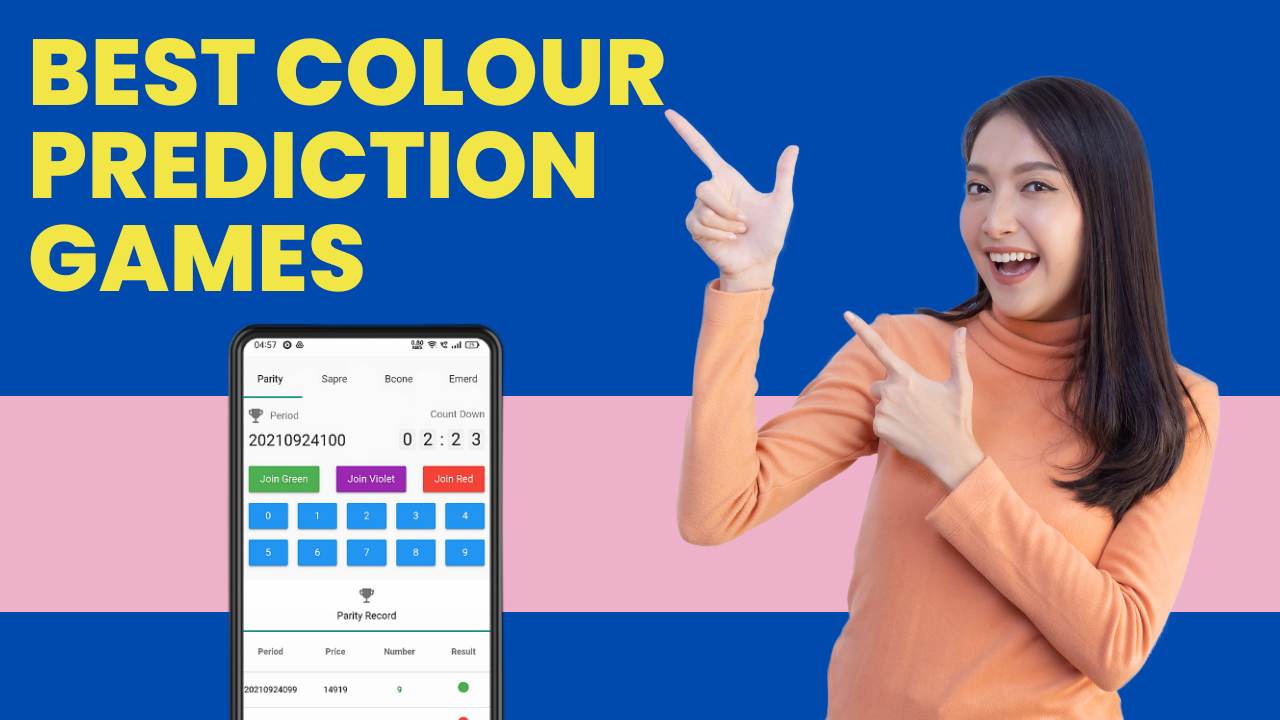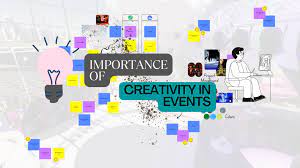In online gaming, where innovation and entertainment converge, color prediction games have emerged as a captivating genre that gamifies the principles of probability. This article embarks on a journey to unravel the gamification of probability in color prediction games, exploring how developers leverage mathematical concepts to create engaging and unpredictable gaming experiences that resonate with a diverse global audience.
Foundation in Probability Concepts:
a. Basics of Probability: Color prediction games are built on the foundational principles of probability. Players engage in predicting the outcome of colored elements, where each color is assumed to have an equal probability of being selected.
b. Randomness as a Game Element: The inherent Randomness of color outcomes introduces an element of chance, transforming the gaming experience into a dynamic and unpredictable venture.
Interactive Probability Learning:
a. Intuitive Learning: Color prediction games provide an interactive platform for players to grasp basic probability concepts intuitively. Predicting colors allows players to experience the unpredictability of random events in real time.
b. Accessible Learning Environment: The simplicity of color prediction games makes them accessible to a broad audience, creating an informal yet effective learning environment for understanding probability in a gamified context.
Equal Probability Assumption:
a. Equal Chances for Each Color: The assumption of equal probability for each color outcome is fundamental to color prediction games. This equal footing creates a level playing field, enhancing the fairness and simplicity of the gaming experience.
b. Encouraging Strategic Decision-Making: The equal probability assumption encourages players to employ strategic decision-making as they navigate the challenge of predicting colors without any inherent bias in the system.
Visual Representation of Probability:
a. Color as a Visual Probability Indicator: The visual representation of colors is an intuitive probability indicator. Players witness the frequency of each color, allowing them to form mental associations between visual elements and the likelihood of their occurrence.
b. Enhancing Engagement: Using visual cues to represent probability enhances player engagement. Observing patterns in color outcomes becomes an integral part of the gaming experience, contributing to a deeper understanding of probability concepts.
Adaptive Difficulty Levels:
a. Dynamic Challenges: Color prediction games on 91 club login often feature adaptive difficulty levels. As players progress, the challenges evolve, introducing variations in color probabilities or patterns. This adaptability ensures that players face dynamic and engaging experiences.
b. Balancing Skill and Chance: The integration of adaptive difficulty levels strikes a balance between skill-based decision-making and the unpredictability of chance. This balance adds complexity to the game, appealing to casual and strategic players.
Real-Time Feedback and Reinforcement:
a. Immediate Feedback Mechanism: The real-time nature of color prediction games provides players with immediate feedback on the accuracy of their predictions. Correct predictions are reinforced with visual and auditory cues, creating a sense of accomplishment.
b. Positive Reinforcement: Positive reinforcement for correct predictions encourages players to continue engaging with the game. The gamification of probability includes a psychological element that reinforces desirable player behavior.
Gamified Betting Strategies:
a. Strategic Wagering: Some color prediction games incorporate betting elements, introducing a gamified dimension to probability. Players strategize on predicting colors and the amount they wager, adding a risk-reward component to the gaming experience.
b. Martingale and Anti-Martingale Systems: Betting strategies such as the Martingale and Anti-Martingale systems further gamify the experience. These systems involve adjusting wager amounts based on previous outcomes, creating a dynamic and strategic approach to betting.
Community Interaction and Social Gamification:
a. Community Engagement: The gamification of probability extends to community interactions. Players share strategies, discuss patterns, and engage in social gamification by participating in forums or social media groups dedicated to color prediction games.
b. Influencer Impact: Gaming influencers contribute to social gamification by sharing their experiences, strategies, and wins. The communal aspect of engaging with others amplifies the overall gamified nature of color prediction games.
Conclusion:
Color prediction games represent a unique intersection of gaming and probability, offering players an immersive and gamified experience that transcends traditional gaming demographics. As developers continue to innovate within this genre, the gamification of probability remains a central theme, captivating players with the allure of chance, strategic decision-making, and visually engaging exploration of probability concepts. The evolution of color prediction games is a testament to the gamification of mathematics, transforming abstract principles into a dynamic and accessible gaming adventure.















Leave a Reply